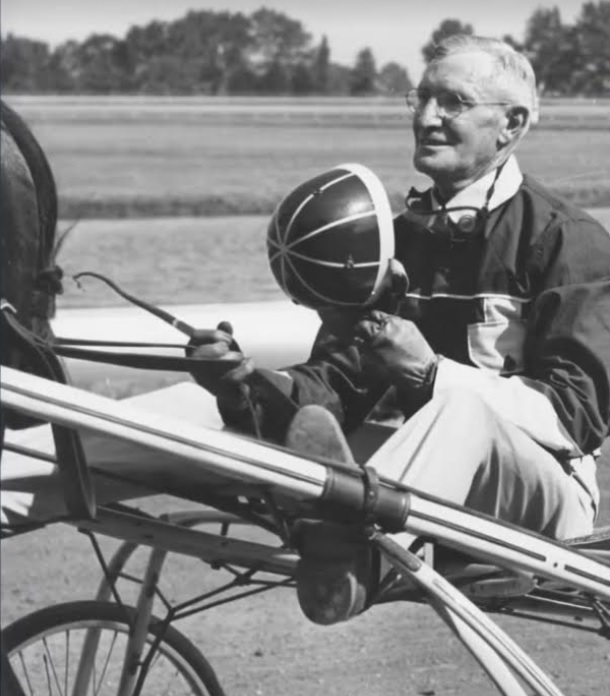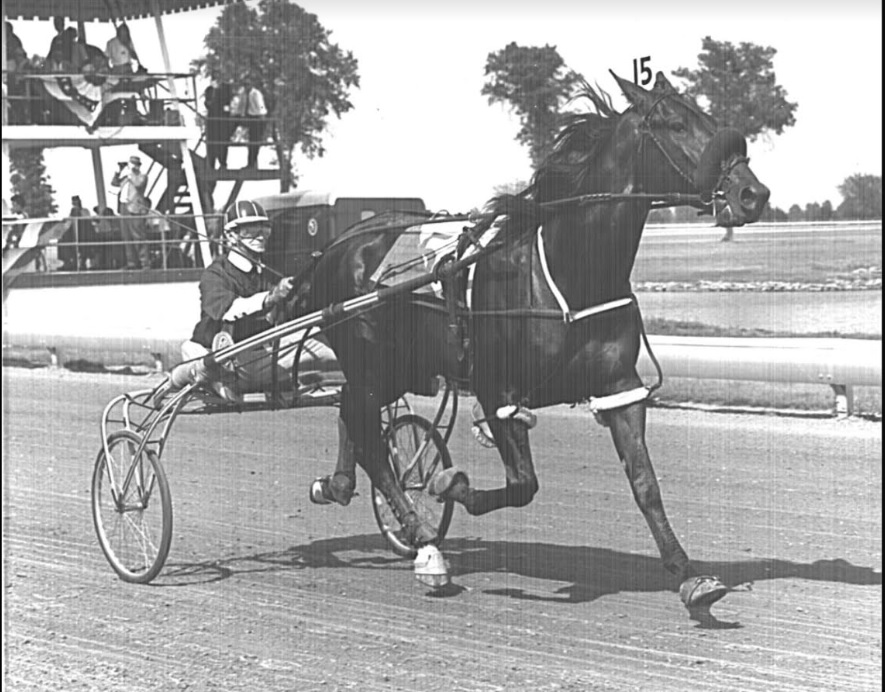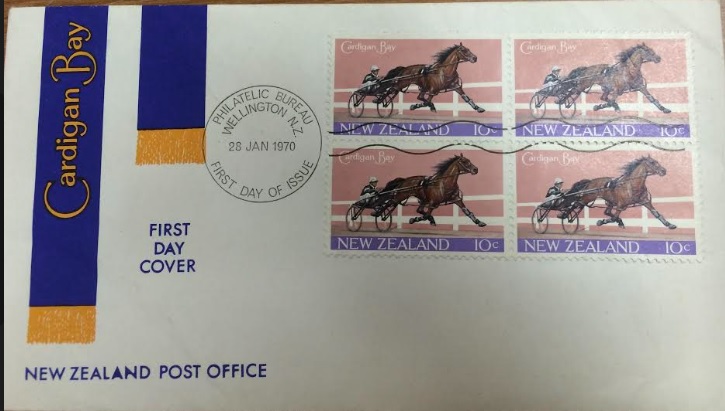I got a birthday greeting from Danny Blakemore!
No, Danny is not a big name here in the States—he’s from “down under” New Zealand way but he sure made a name at Pompano Park in the International Amateur Driving Championships held in South Florida back in 2016.

That’s where I first met him and he sure proved his prowess in the bike with winners on back-to-back nights against drivers from around the world—Italy, Germany and Russia, among them.
I got to thinking then about the influence that many of the Down Under horses have made here in the U.S.A.
Of course, when Roosevelt Raceway held their famed International Trot, we witnessed the best from Europe as France and the U.S.A. fought for superiority with Norway and Sweden denting the winner’s circle on occasion in those historic events.
But just as Harnesslink — based in New Zealand — is making a huge dent covering the sport around the world with nearly 20 years under its girth, the “down under participants”—both equine and human—have made a huge impact on harness racing here in the U.S.A. over the past 20 years, as well.
The history actually goes back a long way with the late, great Sanders Russell.
Born just after the turn of the millennium in 1900, Sanders Russell was from Stevenson, Alabama with his “Hall of Fame” career beginning in 1915.

He won his first race, described as a “goose pimpling” victory, back of Sammy R at the Winchester, Tennessee fair and had another that same year in Griffin, Georgia with Frederic C.
He campaigned in Tennessee, Kentucky, Ohio and Indiana, as well, in the pre-Roosevelt Raceway days, where he campaigned often when that famed track opened…Brandywine, too.
The Russell family, led by Sanders, managing the horses, and brother Pickens, handling the cattle and hogs, operated it over many decades—on that same farm in Stevenson, a family fixture since 1830, when Sanders’ great grandfather claimed some land when then President Andrew Jackson was signing land grants to settlers.
In fact, right in back of the Russell Farm was a mountain appropriately named Russell Mountain!
He was known as “Preacher” by the insiders—because of an untrue rumor that he was a Minister during the winter months.
“Actually,” he once said in an interview, “I was racing in New York when the ‘What’s My Line’ television show first appeared. I had a…groom who insisted that I get myself on that show.
“Put a bible under your arm,” he said, “clean all that horse stuff off your boots and you’ll look like the sharpest preacher ever to come out of the south!
“That’s the true story!”
Yes, Sanders Russell could easily pass for a man of the cloth instead of a man of the silks.

But on the racetrack, he was anything but a preacher.
This year’s Hambletonian marks the 60th anniversary of Sanders victory with A.C.’s Viking, an event in which Russell was on crutches, due to a broken ankle, and had to be lifted in the bike with a cast on the injury.
But it was 14 years before that his “Down Under” influence would begin.
Back in 1948, Sanders was on a farm in Spring Hill, Tennessee and noticed a hillside with a horse pacing along the hilltop.
Russell liked what he saw and bought the colt for $1,500.
The colt was Hal Tryax and Russell won his first race with him at Troy, Ohio and he became a good pacer—good enough to race in the 1950 Little Brown Jug where he finished 3-3-4 in his trio of heats.
During his career, he won $35,861, which included a 2:00 Time Trial at aged three.
Sanders sold Hal Tryax for $7,000 to New Zealand interests and the influence of “down under” talent began to slowly infiltrate tracks in the United States from New Zealand.
The most famous of the Hal Tryax horses was, of course, Cardigan Bay, who became the first million-dollar winner in the standardbred record book—$1,000,087.

So famous was Cardigan Bay that a postage stamp was issued in the pacer’s honor.
Other notable Hal Tryax performers were the rugged mare Robin Dundee, a $229,300 winner and Tactile, a tough campaigner and winner of $189,526.
Yet another millionaire standardbred in which the soft-spoken Russell helped develop was Fresh Yankee.
Selecting the daughter of Hickory Pride out of Charlie Keller’s Yankee Land consignment for a mere $900, Russell taught her the trade and campaigned her from her earliest days through her four-year-old year before turning her over to Joe O’Brien.
Other credits belonging to Sanders Russell include Scottish Hanover and Noccalula, among many others.
Sanders Russell, elected to the Hall of Fame in 1970, passed away in 1982, years before the “down under” influence really took hold in the States.
Just after the turn of the millennium, the horses with that capital N attached to their name became prominent with Johnny Be Cool, Sandstorm, Ashford Castle, Muhammad Ali, Golden Falcon, Tintabella, Foreclosure, Amazing Dream, Jack’s Legend, Mesmerize, Let It Ride and the incomparable Sharten, just a few on the long and lengthening list.
And, of course, on the human side of the ledger, Dexter Dunn has proven to be one of the best ever!
Of course, Sanders Russell has been gone 40 years now, but he sure had the foresight to spot a horse pacing at the top of a hillside which would turn into a mountain of success from and for New Zealand.
by John Berry, for Harnesslink

 USA
USA Canada
Canada Australia
Australia New Zealand
New Zealand Europe
Europe UK / IRE
UK / IRE



